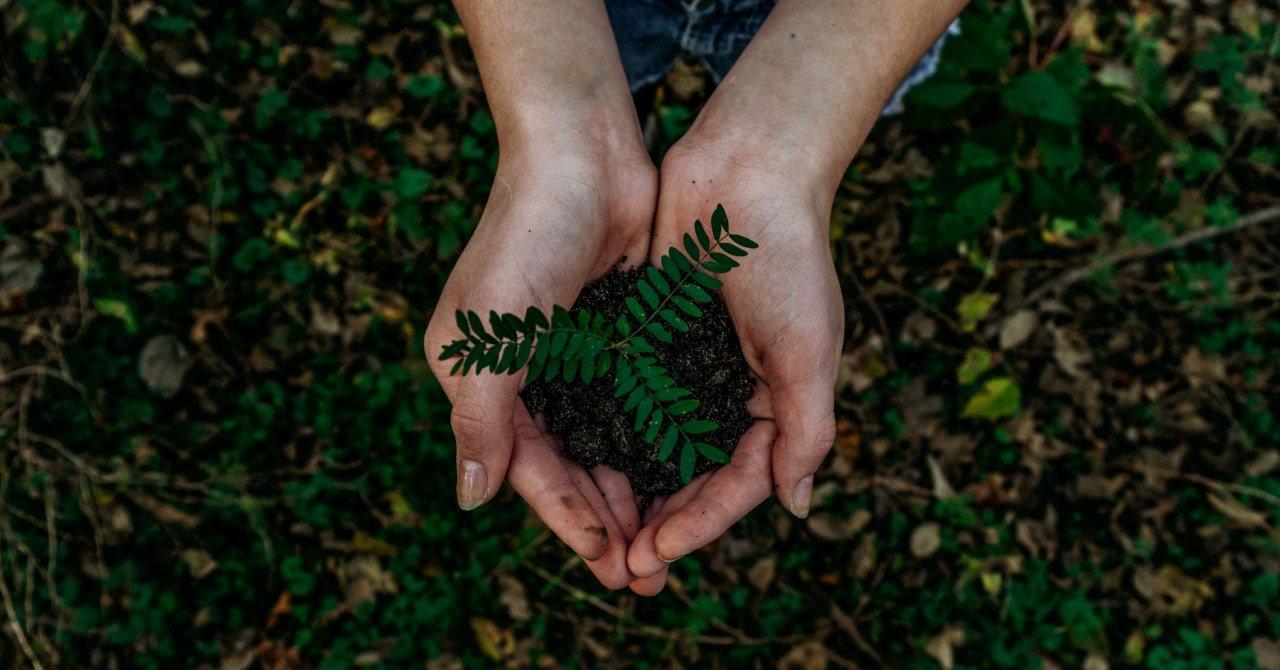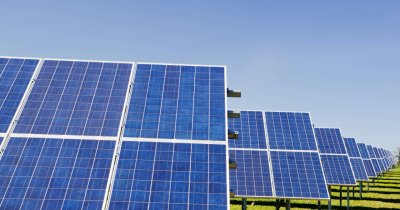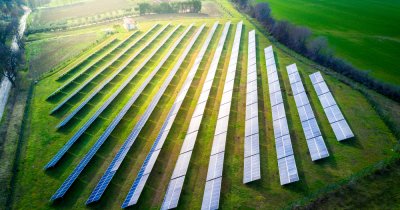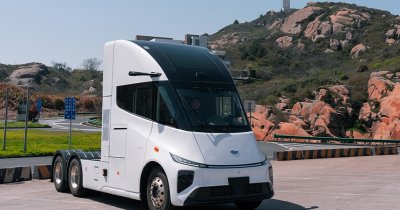At Green Start-up we wrote in-depth about many types of renewable energy, including solar, wind, hydro and geothermal energy.
These energy resources, among others, can provide enough energy for the whole planet if they are combined and used where they are the most effective, and since they are renewable, we don't have to worry about them running out (for the most part) compared to fossil fuels.
What is green energy
Green energy is a type of energy that comes from natural resources, whether we're talking about sunlight, streams of water, wind or even waves, which generate tidal energy.
Their biggest advantage is that, while they do provide us with the energy we need to do our daily activities, they don't affect the environment in a negative way, such as by releasing greenhouse gas emissions into the atmosphere.
How does green energy work
We wrote in detail how each type of renewable energy works, including solar, tidal and biomass energy, but generally speaking, green energy sources use natural resources in order to provide thermal or electric energy as an alternative to fossil-fuel-based sources.
Solar energy, for example, uses photovoltaic panels in order to harvest the energy provided by sunrays and converts it into electric energy.
Wind turbines harvest the power of wind in order to generate electricity, and tidal energy harvests the power of the waves in order to produce electric power.
Not all renewable energy sources are green
The thing is that there are some renewable energy sources, such as biomass, that are not necessarily green, due to the fact that by burning the organic matter from plants, animals or even waste, there are some emissions being released.
Still, they are lower than those coming from fossil fuels, and with the help of carbon capture, we can mitigate these effects even further, but it takes an extra step compared to other renewable energy sources that don't have any environmental drawback.
Compared to fossil-fuel resources, biomass energy is still a better option, due to the fact that it can be replenished fairly quickly as opposed to traditional fossil fuels, such as oil and gas, which can take millions of years to restore.
Drilling or mining is a big no-no when it comes to considering an energy source "green", although some green energy sources require more construction and environmental modification than other.

Such an example is represented by hydro power plants, which sometimes can change ecosystems quite a bit compared to solar panels, for example, which barely require any change at all.
Types of green energy
Since we've detailed them before, I am only going to briefly mention the six main green energy types.
Solar energy is one of the more common kinds of green energy, and it uses solar panels to harvest solar energy, which they can use to provide electricity or heat homes or water.
Wind power uses wind turbines in order to provide electricity, and they can be onshore or offshore, the latter being more efficient and being able to collect more energy.
Hydropower is one of the oldest forms of green energy, which uses streams of rivers and even dams in order to control the flow of water to maximize efficiency and minimize the waste of the resource.
As a bonus, there is tidal energy, which could be considered hydropower in a way, due to the fact that it uses water as a primary source, but in a different way. It uses the power of waves in order to collect electric energy by using tidal turbines, which are similar in looks to wind turbines.
Another old type of green power that was used even by our earliest ancestors is geothermal energy, which is commonly used for heating and even electric energy production. It is also one of the most location dependent green energy resource, since quite a few countries around the world benefit from important amounts of geothermal power. Iceland, Italy, Greece, the US and even Romania use geothermal energy to a certain degree, for heating or electricity production.
Biomass is a renewable type of energy that is not the greenest, but it is green when compared to fossil fuels. It works by burning organic matter from living beings, mostly plants, but even from waste.
Biofuels are a result of processing biomass, which can be turned into biodiesel and ethanol, which can't be used alone, but rather combined with gasoline or diesel in order to preserve the fossil-fuel resources further and also to make them less polluting.
It is estimated that, by 2050, biofuels will be able to provide 25% of the global transportation fuel demand.

Can green power replace fossil fuels
Sooner or later, green power will definitely replace fossil fuels, since it is a must in order for us to be able to achieve our climate objectives, but it will require significant investments and each country and even region will need to see which type of green power is the most suitable to implement.
As technology moves forward and as we continue to implement a wider variety or green energy sources, they will be able to provide us with the required energy that we need without having a negative impact on the environment, compared to fossil fuels.
Another advantage comes from the fact that consumer electronics and appliances are getting more energy efficient, which in turns lower our energy requirements, easing the work of green energy sources even further.
Which type of green energy is the most efficient
This will definitely change with time and with new research, but as of right now, it seems that wind turbines are the most efficient, since they need the least amount of refining and processing when compared to solar panels, for example. They also require less maintenance and are not affected by cloudy or moody weather. On the contrary, the moodier and windier the weather, the better, to a certain degree, of course.
Wind, geothermal and hydropower are currently the most efficient and easiest to implement green power sources, with geothermal and hydro having the advantage of being operational for a century or more, which allowed for a longer development period. There is also the fact that hydro energy has a big potential with the amount of power it can deliver for multiple households, with hydro plants such as the Hoover Dam Hydro Plant being able to power about two million households with its 2.080 megawatts (MW) of capacity.

Green energy Romania
Romania is one of the countries that can and makes use of most green energy sources to some extent. Hydro power is one of the most widely available and used green energy sources in the country, with wind and solar increasing in popularity as well.
The country's geothermal resources in the Western part allow for sustainable, green heating in some cities, such as Oradea and Beiuș, which is the only city in the country that relies exclusively on geothermal energy for heating.
In Romania, Enel is one of the green energy suppliers that has over 534 MW of installed green capacity, coming from 12 green plants consisting of wind farms (498.40 MW) and solar panels (35.70 MW).
Engie is another energy company that allows its customers, if they are eligible, to install solar panel systems in order to become more energy independent from the national energy grid system.
The company offers an interactive slider on its website that shows how much money you can save on monthly bills and how much solar capacity you need, depending on your energy consumption.
As green energy sources gain traction and as the technology evolves, we can expect fossil-fuel power demand to decrease, which will enable us to get access to cleaner energy sources that don't have an impact on the environment and that ensure a greener future for the next generations.
 Mihai - Cristian Ioniță
Mihai - Cristian Ioniță












Any thoughts?